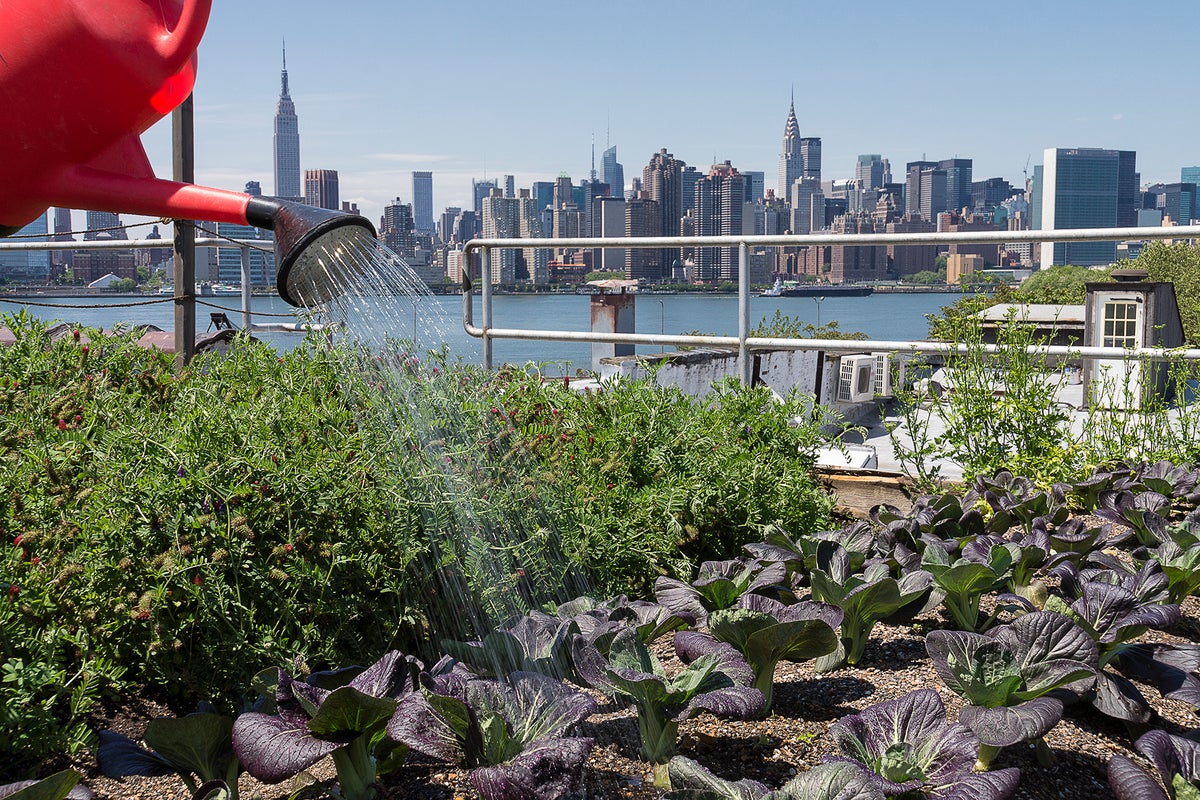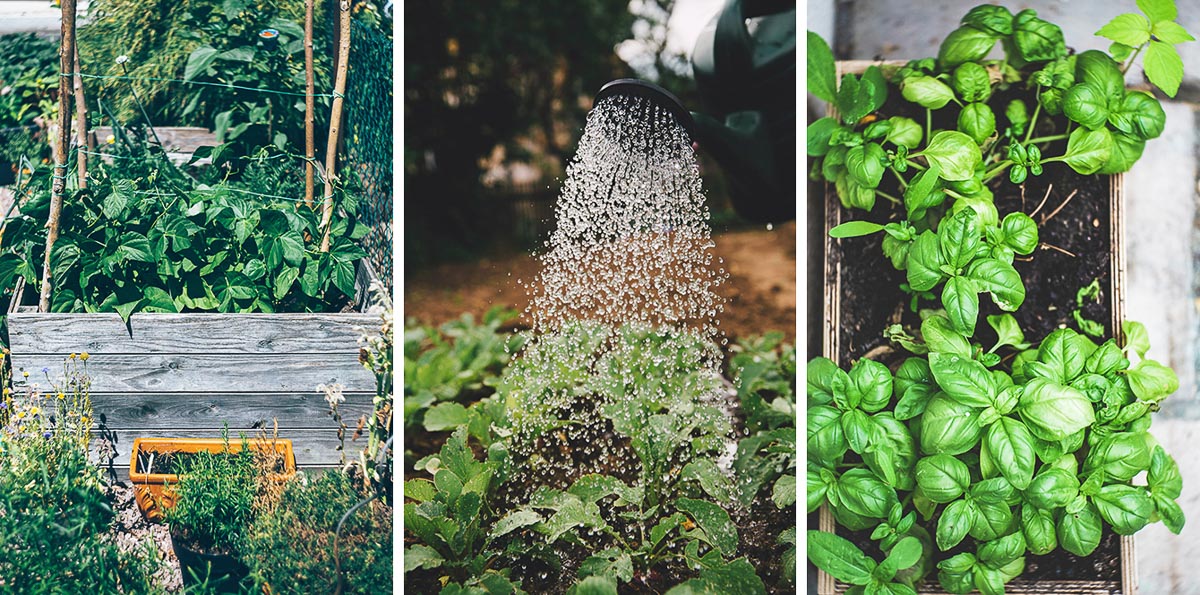Some Of City Blooming
Table of ContentsThe City Blooming IdeasSome Known Incorrect Statements About City Blooming 5 Easy Facts About City Blooming ExplainedCity Blooming Can Be Fun For AnyoneSee This Report about City Blooming
Fascinated in expanding food for sale in the City of Chicago? Below is a listing of regularly asked inquiries concerning the rules and guidelines that cultivators ought to think about when preparing a city farming task.
The zoning amendment does not change any type of other codes handling composting, building authorizations, purchasing or renting City owned property, business licenses or environmental contamination. There are existing codes that control these problems and they continue to be in complete effect and might apply to your job. Community yards are normally had or taken care of by public entities, public organizations or community-based companies and preserved by volunteers.
Urban ranches grow food that is planned to be offered, either on a not-for-profit or for-profit basis. Due to their business purpose, city ranches call for a company permit.
How City Blooming can Save You Time, Stress, and Money.
The quantity of garden compost product can not go beyond 25 cubic lawns at any type of provided time according to the requirements in 7-28-715 of the City's Municipal Code. Because the dirt at many new yard sites requires modifying, garden compost, dirt, wood chips, or other materials can be acquired to create or boost the growing space.

If a building permit is required then the hoophouse will certainly be thought about an accessory building. You can discover out more concerning the structure license demands by calling the Division of Buildings. The 25,000-square-foot size restriction is intended to prevent a solitary neighborhood garden from dominating a provided block or taking away from the block's existing domestic or business character.
The limitation does not use to yards situated in Public Open Area (POS) areas. Can there be more than one neighborhood yard that is 25,000 square feet on a solitary block? Secure fencing is not called for, nonetheless, yards that have large car parking locations might be called for to set up fencing or other landscaping attributes.
Unknown Facts About City Blooming
B1 & B2 districts need that all business use tasks be conducted inside. Is fencing needed for city ranches? have a peek at this website Fencings might be needed, along with landscape design and testing, for certain car park areas and exterior job or storage locations depending on place and the specific activity taking place.
Yes. Urban farms call for structure licenses and zoning authorizations prior to building. Various other forms of city evaluation may be called for depending upon specific structures, activities, size, landscaping, licensing, public health and stormwater administration problems. Most of these needs are identified in the job design or permitting process, however, the candidate may be liable to individually recognize particular licenses or allows that might be called for.
Yes. The type of license is identified by what is taking place at the site. The Department of Organization Affairs and Consumer Security can assist identify the details type of organization permit that's needed. Yes. Off road car parking is needed for the majority of commercial projects in Chicago. The called for number of garage is based upon the number of staff members servicing site and not the square video of the growing area.
Unknown Facts About City Blooming

An urban ranch can market compost product created on site, nonetheless, the procedure should conform with the laws in 7-28-715 of the Chicago Municipal Code. Aquaponic systems are permitted inside your home on city farms in lots of zoning districts.
As much as 5 hives or nests of honey bees may be kept as an accessory use. Beekeepers must register with the Illinois Division of Farming. For additional information concerning the suggested zoning change you may get in touch with the Division of Real Estate and Economic Advancement, Bureau of Planning and Zoning at 312.744.8563.
Farming in cities and urban locations An urban farm in Chicago. Urban agriculture describes numerous techniques of growing. https://www.storeboard.com/cityblooming, processing, and distributing food in metropolitan locations. The term also applies to the area tasks of animal husbandry, tank farming, beekeeping, and horticulture in a city context. Urban agriculture is identified from peri-urban agriculture, which occurs in country locations beside suburbs.
Indicators on City Blooming You Need To Know
, that look for to create social networks founded on a common principles of nature and area holism. These networks can create by means of official institutional support, becoming incorporated into regional town planning as a "transition town" movement for sustainable metropolitan advancement.
Some of the first evidence of city agriculture comes from Mesopotamia.